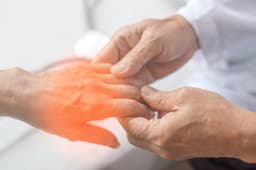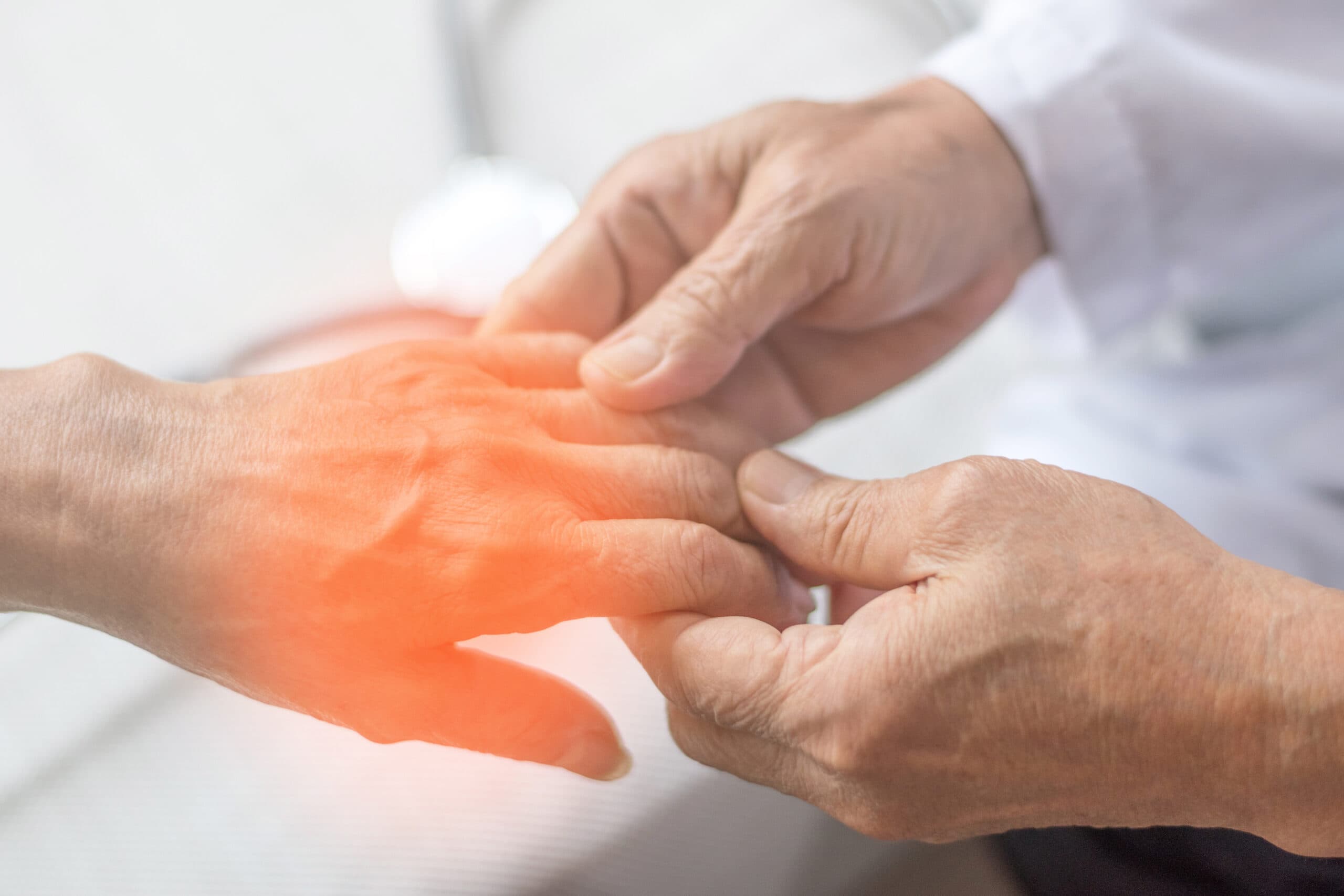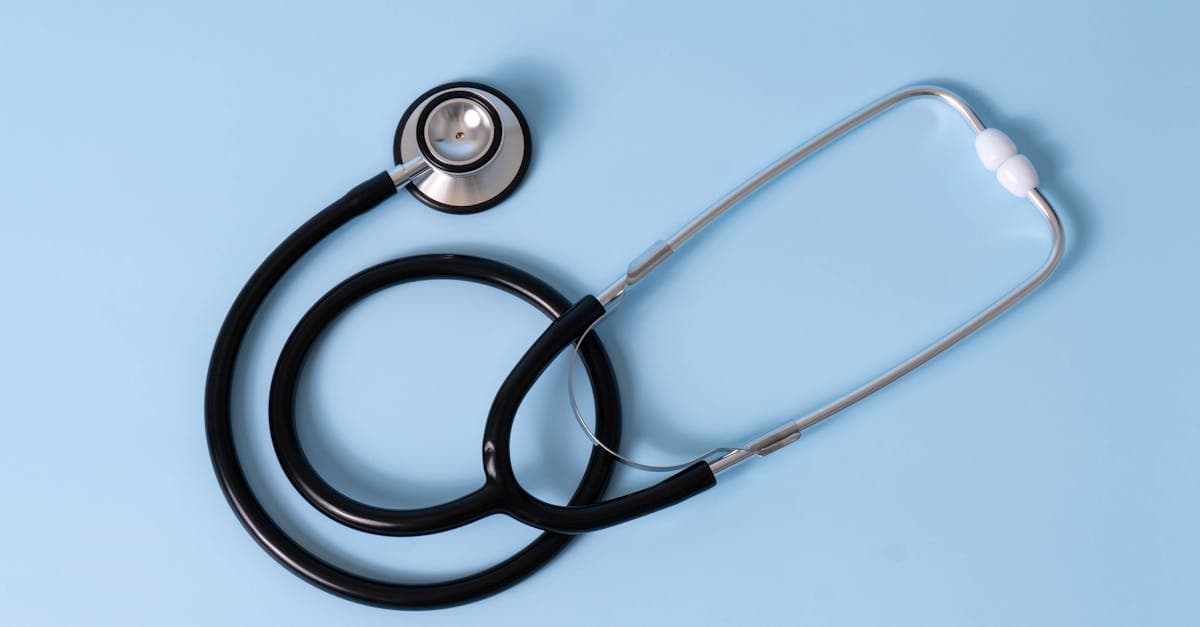Published on:
5 min read
Emergency Medical Devices: Innovations that Save Lives When Minutes Matter
In emergency situations, access to the right medical devices can mean the difference between life and death. Innovations in emergency medical technology are transforming how first responders and healthcare professionals deliver critical care. Explore some of the most effective devices that are saving lives when every second counts.

The Role of Automated External Defibrillators (AEDs)
Automated External Defibrillators (AEDs) have become a vital tool in emergency medicine. They are designed to treat individuals experiencing sudden cardiac arrest by checking the heart rhythm and delivering an electric shock if necessary. These devices are now widely available in public places, making them accessible to bystanders who can act fast in a medical crisis. Training programs teaching the use of AEDs are also crucial, ensuring that more people are prepared to respond appropriately. Their portability and user-friendly interfaces have significantly increased survival rates, proving that when seconds count, having an AED on hand can save lives.
Advancements in Tourniquet Technology
The significance of tourniquets in emergency medicine has been highlighted by recent advancements in their design and materials. Modern tourniquets are lightweight, easy to apply, and made from materials that secure effectively on various limb sizes. These devices stop severe bleeding during traumatic injuries—a critical step in preventing shock and increasing survival odds. Research and development in this area have led to types that can be quickly adjusted and applied even in challenging conditions, such as during combat or natural disasters. The increased awareness of their importance has trained numerous first responders in the correct usage of tourniquets, making them essential tools for immediate care.
Smartphone Applications Revolutionizing Emergency Response
In the digital age, smartphone applications are changing the landscape of emergency medical response. There are apps that enable users to alert emergency services quickly, share their location, and even provide critical medical information in real-time. Some applications allow users to connect with nearby trained responders in their area, ensuring that help arrives faster than ever. These technological innovations can coordinate with wearable medical devices, which can send health metrics to responders, providing critical data before they even arrive on the scene. As technology continues to integrate into healthcare, these applications are vital in bridging the gap between bystanders and professional medical help.
Conclusion: The Future of Emergency Medical Devices
As we look to the future, the advancements in emergency medical devices show promising potential for saving lives. Continuous innovation, combined with public awareness and training, enhances our capacity to respond to emergencies effectively. Each new device or application developed brings us closer to creating a more resilient healthcare system, where lives can be saved within those critical moments when minutes matter. It is essential for communities to invest and educate themselves on these life-saving innovations, as they truly make a difference during emergencies.
Published on .
Share now!










